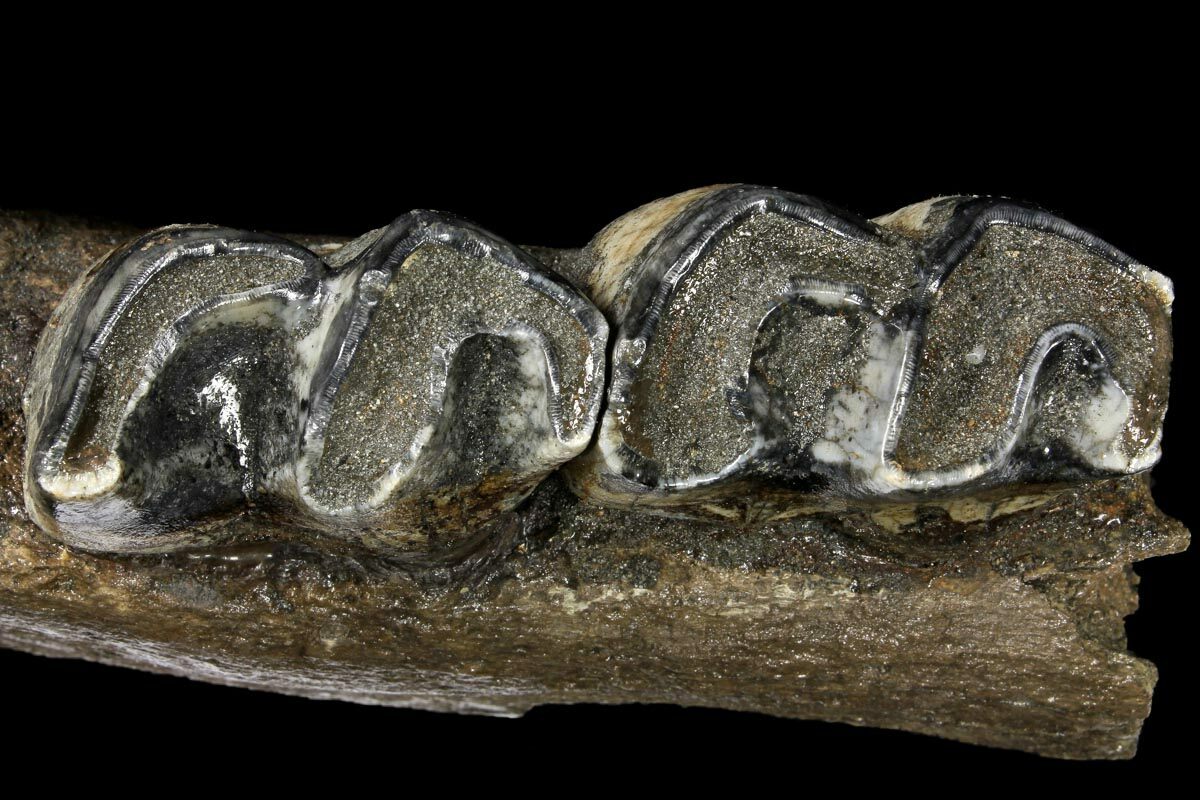

RHINO 7 SUBDIVISION CODE
These deprecations will generate compiler warnings when plug-in code attempts to call these functions.įunctions marked as deprecated may or may not continue to work in Rhino 7. Obsolete functions from Rhino 6 are marked as deprecated with a message to help accomplish the same goal through alternate functions in the Rhino 6 SDK. This is how Rhino’s lightweight extrusion object behaves. Rhino subdivision objects are automatically converted to cubic NURBS polysurfaces or meshes when a subdivision object is selected as input to a command that is expecting a polysurface or mesh. The Rhino subdivision surface control polygons have no limits on vertex valences (edge and face counts) or facet edge counts.
RHINO 7 SUBDIVISION FULL
The ON_SubD class has full support for Catmull-Clark quad subdivision surfaces and for Loop-Warren triangle subdivision surfaces. All subdivision code will be available in the Rhino plug-in SDK. The core geometry component is ON_SubD class, which is also part of openNURBS. Subdivision SurfacesĪ new subdivision surface object has been added to Rhino 7. Of course, you can also use either the Professional or Enterprise edition. What’s really exciting is that the free Community edition of Visual Studio will work to build plug-ins for Rhino 7.
RHINO 7 SUBDIVISION UPDATE
To write C++ plug-ins for Rhino 7 using the Rhino 7 C/C++ SDK, you will need Visual Studio 2019. After only a little more than a year of development, McNeel officially released the latest update to their Rhinocerous 3D software, Rhino version 7 Exploring SubD in the Rhino 7 WIP / 9.17.19 Watch on For a software that normally releases a new version every 5 years or so, it’s quite unusual to have such a quick turnaround. However, we do encourage developers to migrate their plugin projects to Rhino 7 so they can take advantage to new and enhanced features. Thus, plugins written for Rhino 6 using the Rhino 6 C/C++ SDK should load and run without modification in Rhino 7. Comprehensive training sets for Visualization - Rendering and Presentation, Production - CAM and Robotic Arm. When a polygonal mesh is converted to subdivision surfaces, it produces a smoother mesh made up of more polygonal faces. The original polygonal mesh is often referred to as the control cage, or simply the cage. Phil Cook from Simply Rhino takes a look at SubD, that is being developed for Rhino. Subdivision Surfaces is a refinement algorithm that creates a smooth curved surface from a coarse polygonal mesh. Subdivision geometry (SubD) tools enable you to. Thus, when the signatures of classes or functions change, all developers, both internal and external, are required to modify their source code to accommodate for the change.įor this reason, the Rhino C/C++ SDK was not broken between Rhino 6 and 7. You will be able to find lessons for Rhino 3D, which started with Basic Level Trainings, the groundbreaking Parametric - more precisely Algorithmic - Design tool Grasshopper 3D and the Subdivision Modeling method developed with Rhino 7. An Introduction to SubD (Subdivision Surface Modelling) in Rhino3d v7. This limitless software features free-form 3D modeling tools that allow you to create any shape you can imagine. That is, the native classes and functions that are made available in the SDK are also used internally by Rhino. The Rhino C/C++ SDK is not an abstract SDK.


 0 kommentar(er)
0 kommentar(er)
